No travel is required. World’s Edge is a map in Apex Legends, and Number 7 is an account booster for heroboosting.com. For a reasonable price, he will login into your account and play the game for you. As an Apex Predator-tier player and an esports veteran, he has no trouble winning games.
In no time at all, your low-level noob account will climb the ladder from silver to gold to platinum.
For a price, he will even stream his game so you can watch as a bona fide pro trashes the enemy team whilst pretending to be you. Your friends won’t catch on because he plays in offline mode—they’ll just assume you got lucky.
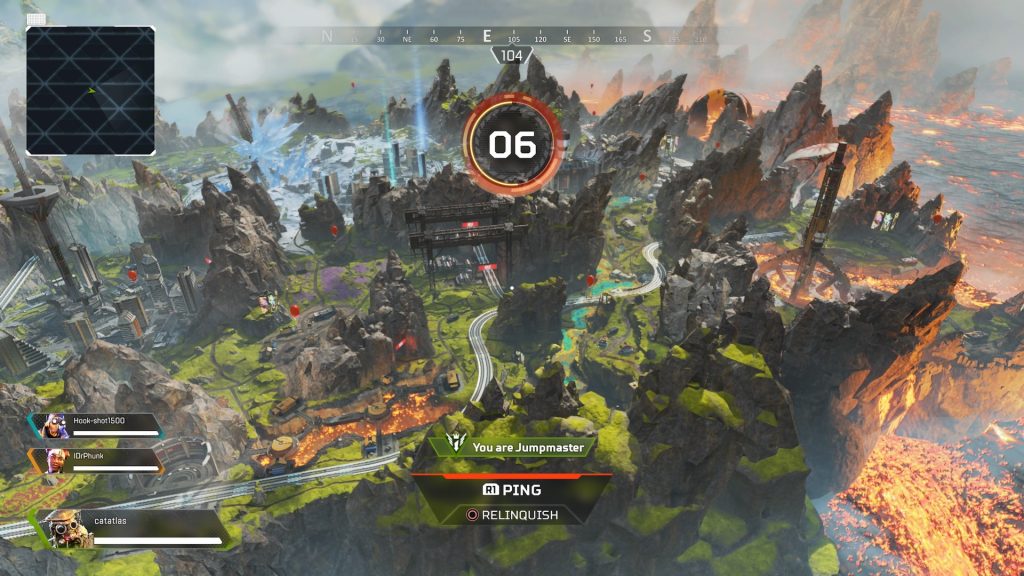
USD$400 – 500 doesn’t seem like much by Singapore standards, but Number 7 lives in Thailand, where wages are lower and the cost-of-living considerably cheaper. The average Thai university graduate earns around 12,000 – 15,000 baht per month (USD$300 – USD$400), so the money is really not bad at all.
Player versus player online gaming is a booming segment of the video games industry. The most popular titles like League of Legends, Overwatch, Apex Legends, or DOTA 2 have a hardcore fanbase numbering in the tens of millions.
Wherever there is an audience or a fandom, revenue will naturally follow. Esports competitions featuring the best players boast multi-million dollar prize pools. On Twitch—where players stream their games—the most popular streamers can earn hundreds of dollars every session from donations and subscriptions.

If you play Multiplayer Online Battle Arena games (MOBAs) with any degree of seriousness, the term should sound familiar. If you don’t, here’s a definition: ‘boosting’ is when you pay someone more skilled—a booster—to play and win the game for you. Most online games employ an ELO ranking system, so victories will mean a higher rank on the ladder, more stars above your ‘badge’, and more prestige to stroke your ego.
Furthermore, for most of the games, you play as part of a team, so winning or losing depends on more than just the individual. Many players who feel let down—or fucked over—by their underperforming teammates often seek boosters so they can hasten the ascent to their ‘rightful place’ at the higher tiers.
Most hardcore gamers have thought about doing boosting for cash, or encountered ‘boosters’ in their tens of thousands of games. However, facts about the boosting industry are few and far-between because the practice is widely frowned upon by the community. Taboo is a strong word, but it applies. The practice can be likened to cheating during exams, and many players will accuse you of ‘ruining’ games—like inviting Ronaldo to your cage soccer at Kallang.
However, as 2k MMR Crusader trash who mostly plays unranked, I’m less concerned about losing and more interested in the industry itself. How much do the boosters earn? And how does the business actually work?
The average boost request (a.k.a order) is worth $40 – $100. The average booster makes between USD$2 – $4 per game. Assuming you boost a solid 10 hours every day, and taking into account the waiting time between orders, you might make approximately $500 – $1000 per month after the company takes its cut.
Of course, this is just an estimate. Actual take-home salary depends on what you play and how good you are. Certain games, especially the newly released titles, are much more profitable than ol’ favourites like LoL or DOTA. However, as time goes on, and everyone in the industry tries to undercut one another—prices will decline.
As a booster, if you don’t win, you don’t get paid. If your team is zoning out or afk-farming in the jungle , you absorb the lost opportunity cost.
The amount of money per game increases if the boost ‘order’ is of a higher tier and therefore more ‘difficult’ to fulfil. However, according to Nick, they are harder to come by because the vast majority of orders belong to the lower brackets. (Archon/Legend for DOTA, Silver/Gold tier for LoL).
You can make a great deal of money playing against Divine-ranked players, but there are few Divine players who would want your services.

Furthermore, the company’s system operates on a first-come first-served basis like Grab, so you need to be quick to nab those lucrative gigs.
You can also make money duo-boosting, coaching, or fulfilling special requests to play a specific hero, but those are orders are rarer. ‘Standard’ boosting remains the most popular option despite a range of offerings available.
Furthermore, duo-boosting and niche orders present their own unique challenges. For orders involving specific heroes, it goes without saying that it’s harder to win when you’re confined to playing Io or Techies.
For duo-boosting—where the booster and customer plays together—extra time is spent arranging a suitable time slot convenient for both parties. Time and energy that could be spent boosting and earning.
“For many of my boosters, the USD$1000 can be more than what their family can bring in every month; for them, it’s pretty decent money,” Nick explains.
In this regard, the boosting industry mirrors the global supply chain. Boosting is, after all, a commodity just like Uniqlo shirts or semiconductors. It makes most sense to source from wherever the cost-per-unit is lowest.
Don’t take my word for it—take Nick’s. Seven years ago, before heroboosting.com became a sizeable SME with 200 boosters, Nick was the top-ranked League of Legends player in South-east Asia (“for about one week only”, he hastens to add). It was his friend—another high-ranked League gamer, who suddenly had a brainwave.
“He heard that boosting was a thing in other countries, so he suggested starting a website for Singapore.” Nick recounts. “I was like, why not? Since it costs us next to nothing,”
“I was quite a rebel at the time,” he offers as an explanation.
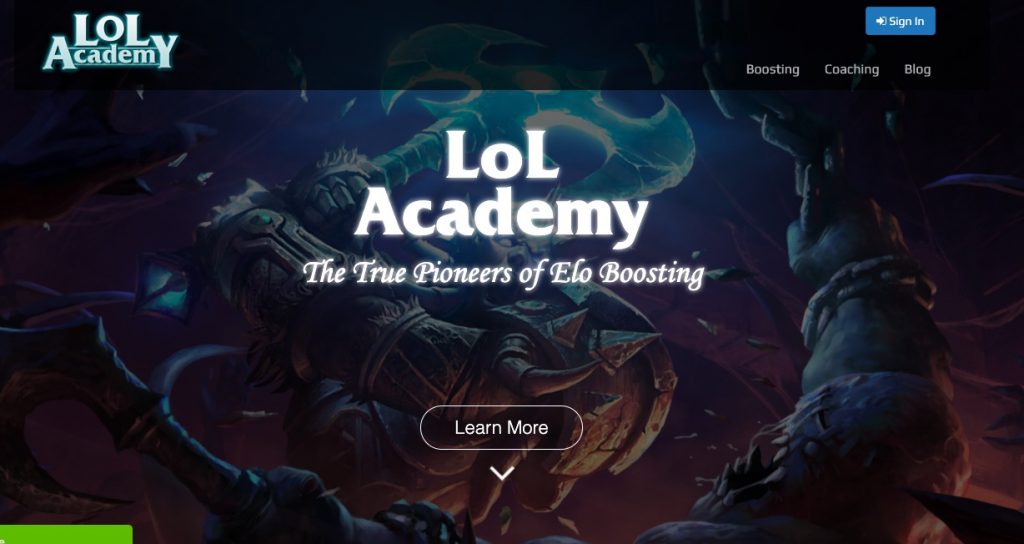
They made about SGD$300 apiece every month—-a sum which Nick describes as ‘pocket money’. After a year of barely minimum wage, his partner surrendered.
“I don’t blame him,’ Nick tells me, “We were making next to nothing.”
His friend went back to school, but Nick hung on to boosting as a side gig.
He found a job, first in customer service, then in Advertising. During the day, he worked his way up doing sales. By night, he would try to manage the boosting business. The whole operation was—in his words—very ‘half-assed’ and it would be years before he managed to turn a real profit.
Let’s start with the pros. For starters, the job interview is pretty simple. You don’t have to submit a c.v. and you certainly don’t need to wear a tie. You won’t be quizzed on, say, the correct skill build for a Storm Spirit laning against a Morphling.
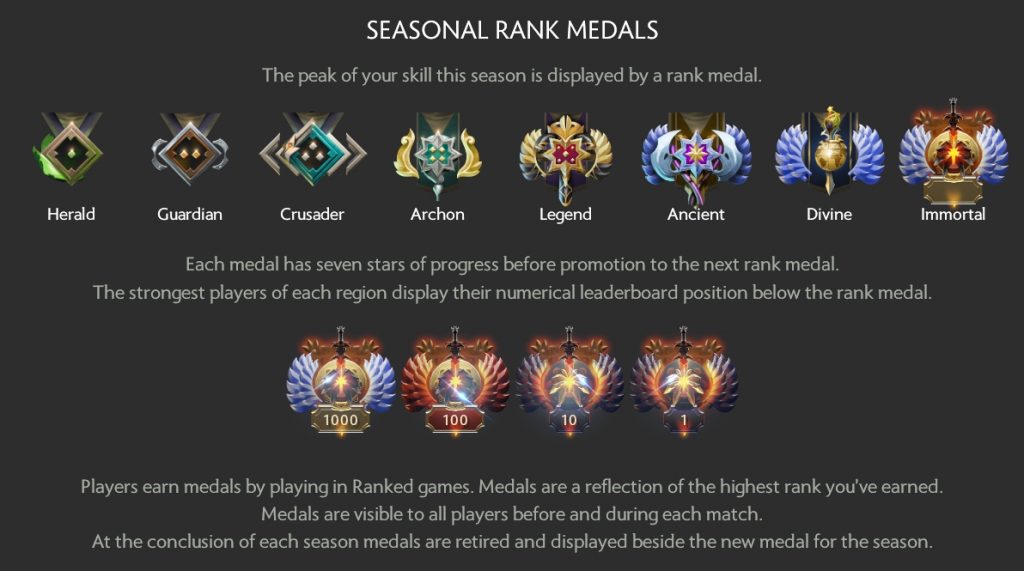
For the most part, MMR doesn’t lie.
Boosting also offers unparalleled freedom, even by gig economy standards. Most players clock in 8 hours a day, but you are free to decide how much you want to work and when. Inside the game, there is no one to micromanage you. For standard boosting (MMR only, no hero requests), you can play any hero you want, any damn way you please—as long as you win. Most boosters favour a fast-pushing hero like Lycan or Broodmother to maximise efficiency, but no one will fire you for choosing Spectre and farming your way to victory.
“We are not North Korea,” Nick said, with a laugh, “And also, the boosters would know better than us what to do for each situation.”
An additional incentive comes in the form of tips from customers, which can add up to quite a bit, depending on your luck. $5 – $10 is the average, but Number 7 has received gratuities up to $100 – $200. One of his colleagues even received $1000 from a very generous customer in the UAE. It is for this reason that he often chats and explains what he’s doing as he streams his boosting games for the customers.
Best of all, the industry appears to be quite recession-proof. Nick isn’t quite sure if he’s gaining market share or if people are playing more video games during quarantine, but his business is growing despite 2020.
Practise and browsing r/leagueoflegends might certainly improve your game, but most of us untalented scrubs will never make it to that level—no matter how much effort is invested.
Secondly, the income of a booster fluctuates wildly because the type and size of each order varies a great deal. Sometimes, you might accept a $40 gig, only to see a high-priority $250 order arrive just ten minutes later—as you’re about to launch your game. In this regard, it’s not too different from driving a Grab. You never know if that very next customer is going from Kranji to Tampines.
To deal with this situation, Number 7 sometimes puts aside one order to fulfil a better-paying one—after informing the client. However, there are times when this is not possible and you just have to watch as an excellent paycheck slips by. This is extra painful for boosters, because the money one earns from low-level noob orders require just as much time as the requests as the higher-tier orders.
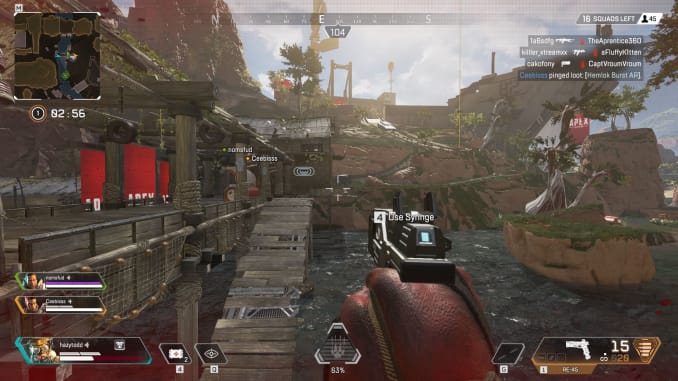
Lastly, your family might not be pleased when they see you gaming 24/7, regardless of how much you earn. Neither Nick’s parents nor Number 7’s were happy to see their kids trying to hack in the oft-stigmatized gaming industry. They only relented when Number 7 began travelling for regional competitions and Nick began making a healthy income from heroboosting.com.
Nick chuckles when I ask him how his friends and relatives wrap their head around the idea of ‘boosting’ as a business. “My friends don’t care very much… During Chinese New Year, I just tell my extended family that I work in ‘e-commerce’, which is the easiest explanation and pretty accurate,” he said.
In-game lag—according to those interviewed—is no excuse for losing.
“If the customer is from North America, we usually play on the Japan server. It’s about 120 ping. Which is still playable.” Number 7 said.
However, if you’re a Singaporean CBD drone, don’t quit your day job just yet. Think twice before starting a business like Nick’s, especially if you’re looking to make a fast buck during Covid-19.
“Actually, I can tell you the number lah. I’ve invested about $20 – 30K into the business. That’s basically all of my savings from NS and work,” Nick told me. Over the last 5 years, he’s also wasted thousands of dollars on what he terms ’snake-oil’ digital marketers, who are great at selling, but not so good at delivering results. Social media marketing was another total flop.
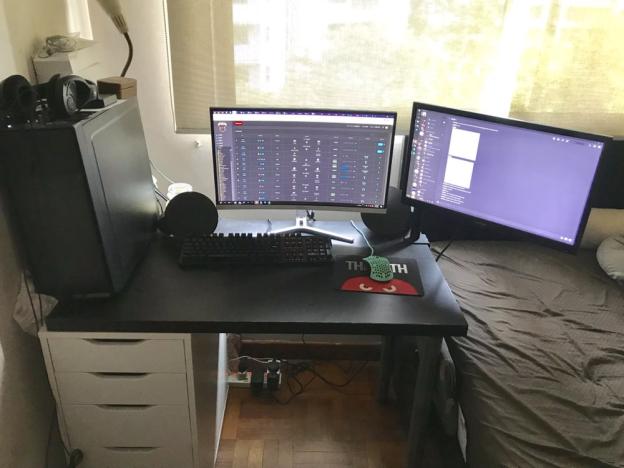
Heroboosting.com is actually the third iteration of his website, and it has been a long hard grind towards profitability. Only in the past one or two years did the business really begin to thrive and grow, to the extent that Nick could quit his full-time job and hire HR supervisors.
What is it then, that finally helped him to turn the corner and succeed in this really niche market? I ask him, blatantly fishing for an inspirational story so I can end this article with some relatable—marketable—insight.
As it turns out, there wasn’t a real turning point; no moment of smug clarity from which to look back on. In life, as in League Of Legends, you get where you need to go by patiently grinding, learning from your mistakes, then grinding some more. This is perhaps the biggest irony. Boosting as a service offers shortcuts to gaming success, but the business itself only succeeded because of Nick’s hard-headed persistence.
“I dunno eh haha, I’m just a very stubborn person. That’s how I play my games also. I just need to win.” he said.
If you haven’t already, follow RICE on Instagram, Spotify, Facebook, and Telegram.






